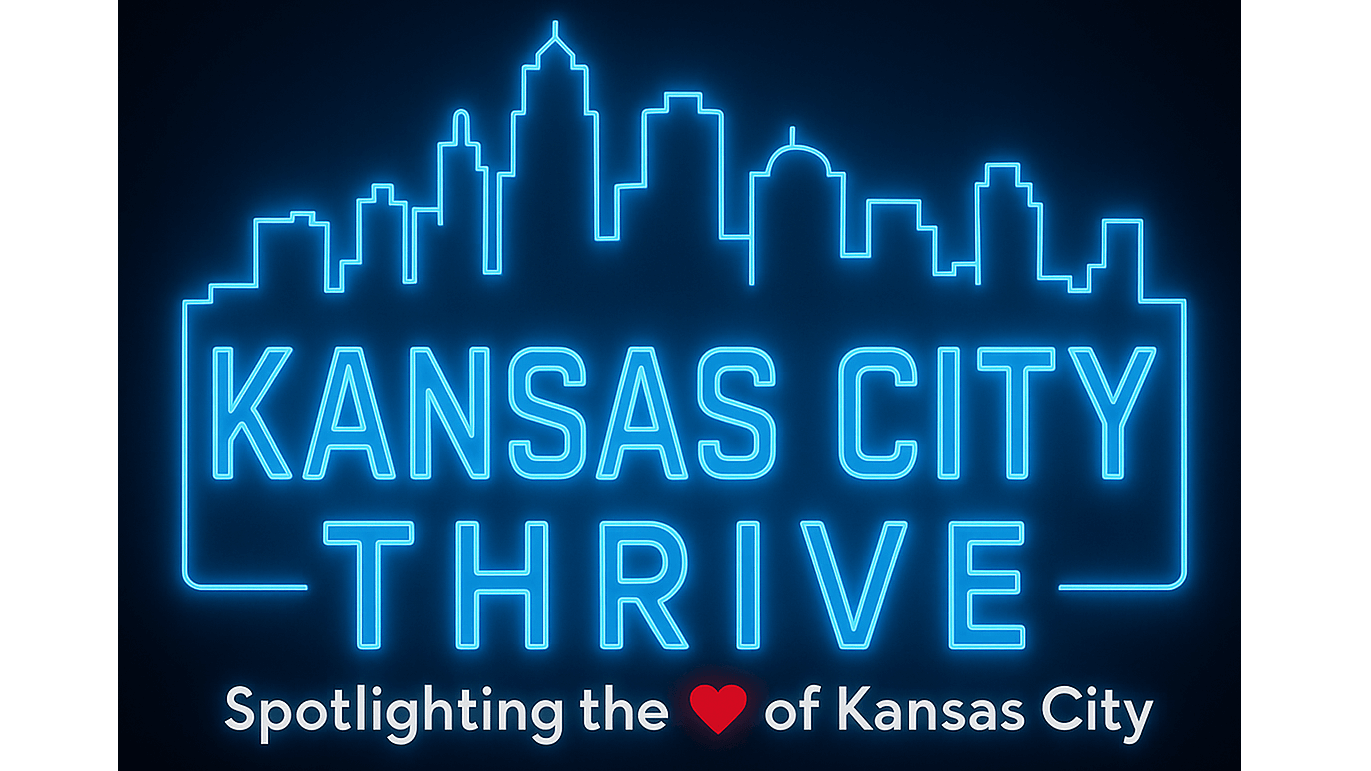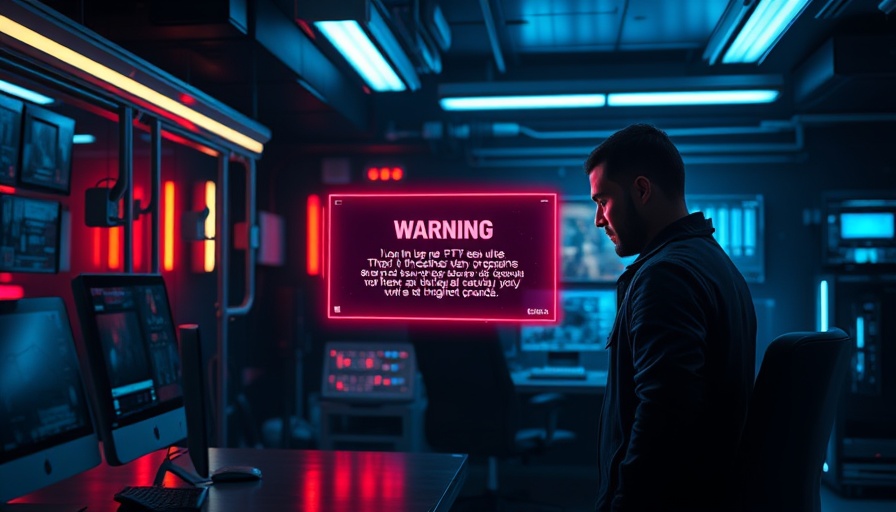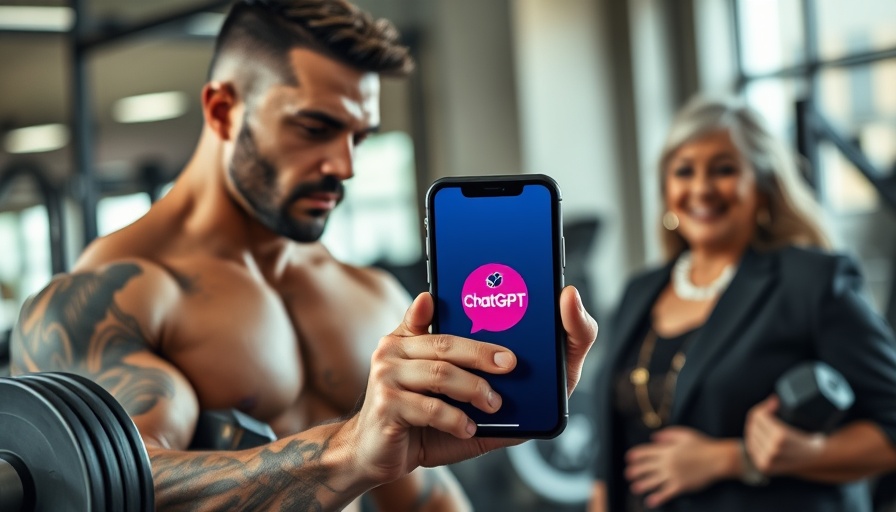
Understanding the Importance of Blood Pressure Monitoring
Nearly half of U.S. adults are impacted by high blood pressure, a condition that silently wreaks havoc on the body, often without warning. Dubbed the "silent killer," hypertension significantly increases the risks of heart attacks, strokes, and kidney disease. Recognizing its importance, experts recommend that individuals begin monitoring their blood pressure around the age of 40, especially if they have existing health issues or a family history of hypertension.
Preferred Tools for At-Home Monitoring
For reliable at-home monitoring, physician assistant Ravyn Williams highlights two standout products: the Omron Platinum Blood Pressure Monitor and the Withings BPM Connect. Both devices offer accurate readings and modern features to enhance user experience. The Omron monitor, priced at $89.99, allows multiple users and connects with bluetooth to the Omron app for easy tracking. Alternatively, the Withings BPM Connect, available for $109, boasts a stylish design and synchronization capabilities via Wi-Fi, making it ideal for tech-savvy users who prefer a seamless experience.
How to Use a Blood Pressure Monitor Correctly
Monitoring your blood pressure accurately at home is essential for managing your health. Here are some critical tips to follow:
- Use an upper arm cuff monitor: This type is preferable as it provides a closer reading to the heart compared to wrist monitors.
- Sitting posture matters: Ensure you sit upright with both feet flat on the ground, avoiding slouching or leg crossing to prevent elevated readings.
- Best times to measure: Williams suggests taking readings in the morning, afternoon, and evening and averaging them for a reliable assessment. Limit yourself to three readings a day.
Recognizing Red Flags in Blood Pressure Readings
Understanding your blood pressure numbers is crucial. Values consistently above 130/80 indicate concerns of Stage 1 hypertension, while readings over 140/90 signify Stage 2, necessitating professional evaluation. Emergencies arise when systolic readings exceed 180 or diastolic exceeds 120, especially when accompanied by symptoms such as headaches and vision changes. Always be vigilant about bodily signals alongside numerical data.
The Role of Community in Health Awareness
For Kansas City residents, local health resources and community programs can play pivotal roles in educating residents about blood pressure monitoring. Engaging in community health fairs or local workshops can greatly enhance awareness and provide residents with necessary tools and knowledge to manage their health effectively.
Keys to Lowering Blood Pressure Naturally
In addition to monitoring, it’s essential to adopt lifestyle changes that help control hypertension. Regular exercise, a healthy diet rich in fruits and vegetables, reducing sodium intake, and practicing stress management techniques are vital steps individuals can take. Such changes not only improve blood pressure but also contribute to overall health.
A Call for Local Voices
Your experiences matter! Have a story related to hypertension or health that could inspire others? Reach out to share your insights with the Kansas City community. Email us at team@kansascitythrive.com. Together, we can foster a healthier, more informed Kansas City!
 Add Row
Add Row  Add
Add 




Write A Comment